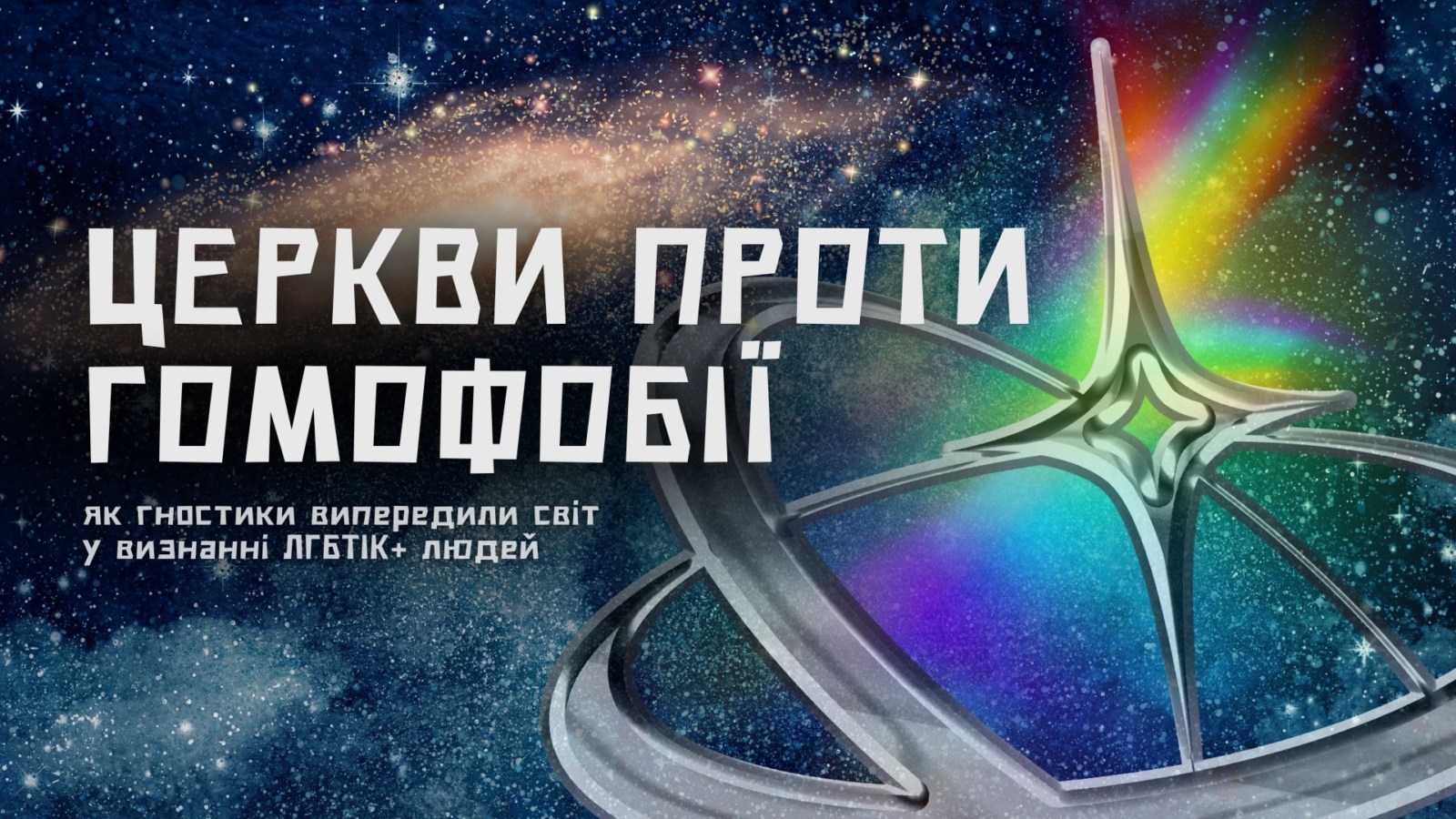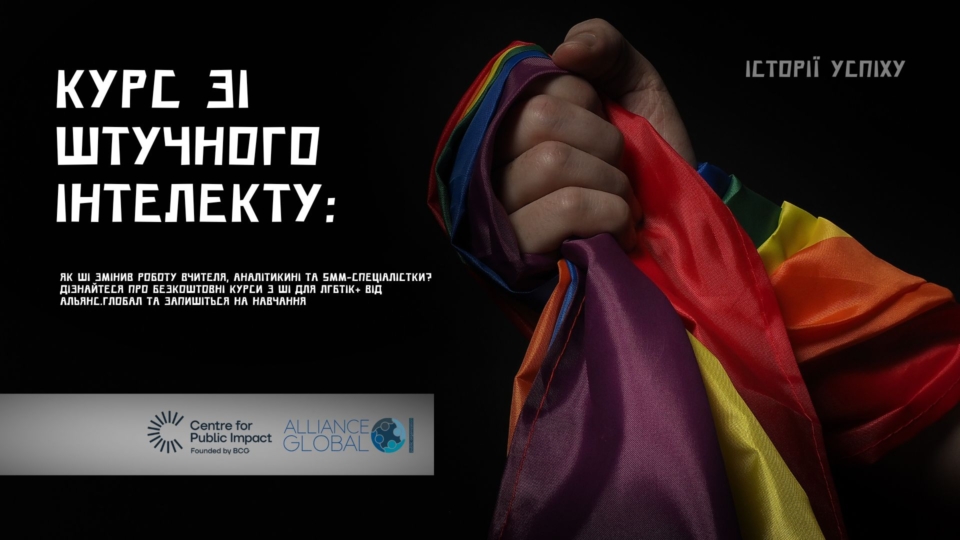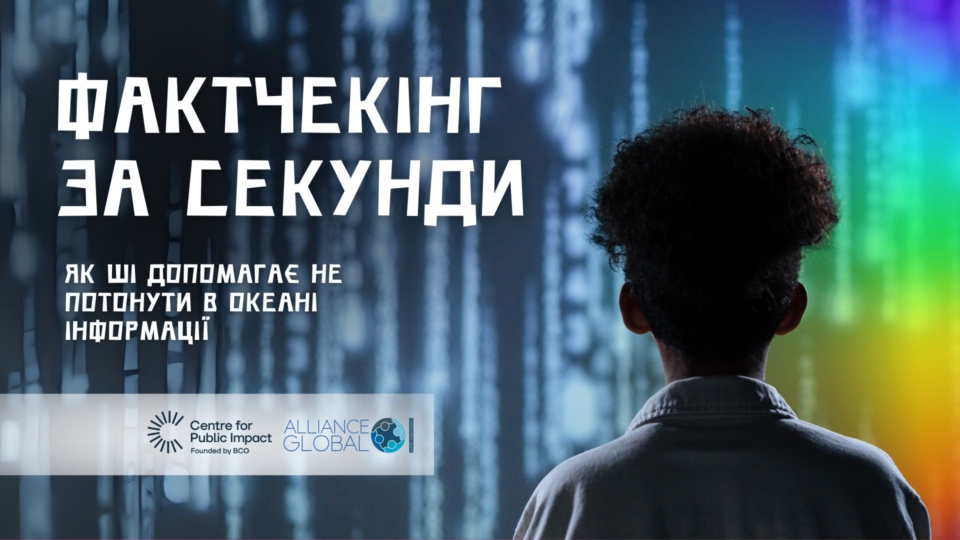Gnosis Against Homophobia: How Gnostics Were Ahead of the World in Recognising LGBTIQ+
03.08.2025

How Gnostic churches became the most tolerant towards LGBTIQ+ people amongst all Christian traditions? From female priests of the 1st century to modern communities with 100% inclusivity – the unique history of a religious revolution that was two millennia ahead of its time.
“What is our position on ordaining human beings? Sexual orientation is irrelevant to us” – representative of Ecclesia Gnostica Mysteriorum
Rome, 1st century AD. Women are forbidden to speak in synagogues. They’re not allowed into temples without men. They cannot study, preach, or lead.
Helena of Tyre became the first woman in Christian history to be officially proclaimed equal to men as a divine being.
Her partner Simon Magus – a religious leader of the 1st century – taught that she was the embodiment of divine Sophia, who had lived life in all possible forms: as woman and as man, as saint and as sinner.
Timeline of Spiritual Revolution
50-150 CE – First Gnostic communities with female leaders
155 CE – Marcellina leads a religious community in Rome
325 CE – Council of Nicaea “freezes” development and discussion of Gnostic traditions
1945 – Discovery of the Nag Hammadi library
1959 – Ecclesia Gnostica begins activity in the USA
2024 – Modern Gnostic churches demonstrate 100% LGBTIQ+ tolerance
Simon and Helena: The First Queer Theology in History
Simon Magus – a Samaritan magician of the 1st century, considered one of the founders of Gnosticism. He proclaimed himself the embodiment of the highest divine power, and his companion Helena – the embodiment of divine Sophia (Wisdom).
According to scholars, in their theology Helena was the “first thought” (Ennoia) of God, who “having fallen into the material world”, was to be saved through gnosis. This concept differed radically from the patriarchal model of religion: woman was not subordinated to man, but represented an equal divine being.
“These heretical women – how brazen they are! They do not blush to teach, dispute, perhaps even baptise” –- Tertullian about Gnostic female leaders
What is Gnosticism: Knowledge Against Dogma
Why precisely did Gnostics become so tolerant? The answer lies in the very name: “gnosis” – this is not empirical knowledge, but special, spiritual, direct cognition of the divine.
The central concept of Gnosticism lies in the idea that “salvation is achieved through gnosis – knowledge that is acquired through revelation”. Unlike orthodox Christianity, where faith in dogmas is the key to salvation, Gnostics sought direct, intuitive contact with the divine.
This changed everything: if salvation depends on inner knowledge rather than observance of external rules, then sex, sexual orientation, or gender identity become secondary. What matters is only how deeply a person is capable of knowing the divine nature within themselves.
Revolutionary Women of the Ancient World
Whilst orthodox Christianity forbade women even to study, Gnostic communities ordained them as priests and bishops.
Academic research shows that “many Christian communities of the first four centuries allowed women expanded leadership roles, including ordination in many cases”.
Priscilla and Maximilla – Phrygian prophetesses who travelled with Montanus across Asia Minor in the 2nd century. During services they would fall into ecstasy and proclaim prophecies in the name of the Holy Spirit, speaking in tongues and having visions.
The orthodox church was outraged: women are forbidden to preach publicly! But Montanists believed that the Holy Spirit could speak through anyone – regardless of sex.
Elaine Pagels, Princeton professor, documents that in Valentinian communities women “acted as prophets, teachers, travelling evangelists, healers, priests, possibly even bishops”.
Gnostic Texts That Shatter Barriers
Gnostic writings contain the earliest texts in Christian history about transcending gender. Apocryphal texts – these are religious writings that were not included in the official Biblical canon due to late dating or theological disagreements with orthodox teaching.
“When you make the male and the female one and the same, so that the male not be male nor the female female… then will you enter the kingdom” –- Gospel of Thomas, logion 22
In the mystical text “Thunder, Perfect Mind” a divine being proclaims radical gender fluidity:
“I am the bride and the bridegroom, and it is my husband who begot me. I am the mother of my father and the sister of my husband, and he is my offspring”
Scholar Hal Taussig notes that this divine being “actively confuses ordinary gender rules. This is not nonsense, but a clear awareness of the many ways that genders bend, often for the better”.
The Concept of the “Bridal Chamber”: Return to Androgyny
The Gospel of Philip describes the ritual of the “bridal chamber” – the highest sacrament of the Valentinian tradition.
“The bridal chamber” symbolised spiritual marriage with Christ and return to primordial androgynous unity. According to research, this ritual “points to the primordial androgynous unity that sees salvation as the reunification of the divided Adam”.
In Valentinian theology, it was precisely the separation of the sexes in the Book of Genesis that was the root of the human dilemma, not curiosity about the forbidden fruit.
“Christ came to heal the separation that existed from the beginning, uniting the two again” –- Gospel of Philip
Divine Androgyny: God Has No Sex
The Apocryphon of John describes the divine Barbelo as a “thrice-named androgyne”, embodying the perfect unity of opposites. The first emanation of God is called “Mother-Father, holy Spirit, thrice-male, thrice-powerful”.
Academic research shows that Gnostics viewed gender categories as “artificial limitations of the spirit”, and return to androgynous wholeness as a form of salvation.
Why This Didn’t Catch On: Politics Against Love
Why was such a progressive tradition almost destroyed? The answer lies in 4th-century politics.
After Emperor Constantine legalised Christianity in 313, religion became an instrument of the empire’s political unity. The Council of Nicaea in 325 aimed to create a single orthodoxy that would serve state interests.
Researcher Kathleen Griffin notes that Constantine “used Christianity as an instrument for political unity, transforming it into an ‘imperial religion’ to strengthen his power”.
As historical sources show, the Council of Nicaea “froze” the Gnostics: “Gnostic sects were not involved in it, and the creed contradicted the doctrines on which most of them were based”.
The result was predictable: When Christianity became the official religion of the empire, orthodox leaders set about “purifying” the faith. Gnostic manuscripts were collected and burnt – using the same methods that Roman officials had once used to destroy Christian literature. Former victims of religious persecution became persecutors themselves.
Modern Queer Studies of Gnosticism
Jonathan Cahana in his revolutionary article “Gnostically Queer” argues that Gnostic texts demonstrate attempts to subvert gender structures a millennium and a half before the emergence of modern queer theory.
Patrick Cheng in “Radical Love: An Introduction to Queer Theology” argues that Christian theology is essentially an activity that “challenges and deconstructs all kinds of binary categories”.
His concept of “radical love” – this is “love so extreme that it dissolves our existing boundaries”, including the binaries of life/death, divine/human, male/female.
Revolution of Tolerance: Shocking Figures
Statistics demonstrate a striking contrast. In Ukraine according to 2024 data only 12.8% of respondents have a positive attitude towards LGBTIQ+ people, 38.2% – negative, 44.8% – indifferent. Although the situation has improved in recent years: “over 70% of people support equal rights for LGBTIQ+ people”.
In the USA 80% of LGBTIQ+ people consider the Catholic Church unfriendly, whilst nearly half remain religious, seeking spiritual communities that accept them.
Modern Gnostic Churches: 100% Inclusivity
In contrast, Gnostic churches demonstrate the complete opposite:
Ecclesia Gnostica – the oldest public Gnostic church in the USA officially states: “Holy orders are open to all genders and orientations”.
Apostolic Johannite Church proclaims in the All Saints Accord: “The right to open participation… irrespective of social status, organisational affiliation, gender, sexual orientation and creed”.
Ecclesia Gnostica Mysteriorum to the question about ordaining gay people responds: “What is your position on human beings being ordained? Sexual orientation is irrelevant to us”.
Modern Leaders of the Tradition
Dr Stephan Hoeller, Bishop of Ecclesia Gnostica, emphasises: “Ordination to the ranks of the church is open to both men and women”.
Father Jordan Stratford from the Apostolic Johannite Church actively debunks myths about Gnosticism and supports inclusivity.
Bishop Rosamonde Miller from Ecclesia Gnostica Mysteriorum emphasises “the experience of gnosis and the balance of divine masculine and feminine principles”.
A Legacy That Changes the World
Toni Morrison, Nobel laureate, used quotes from the Gnostic “Thunder, Perfect Mind” as epigraphs for the novels “Jazz” and “Paradise”. Director Ridley Scott created a five-minute film for Prada around this text.
Academic Andrew Lamas calls “Thunder, Perfect Mind” “one of the ten most important documents in history”.
Conclusion: The Divine Has No Boundaries
From Helena in ancient Tyre to modern bishops in Los Angeles – the Gnostic tradition remains a place where the question is not who you are, but how deeply you are prepared to know the divine within yourself.
Perhaps this is precisely why modern Gnostic churches have become what the first Christians dreamt of seeing them as – places where love has no boundaries, and the divine manifests through diversity.
News








